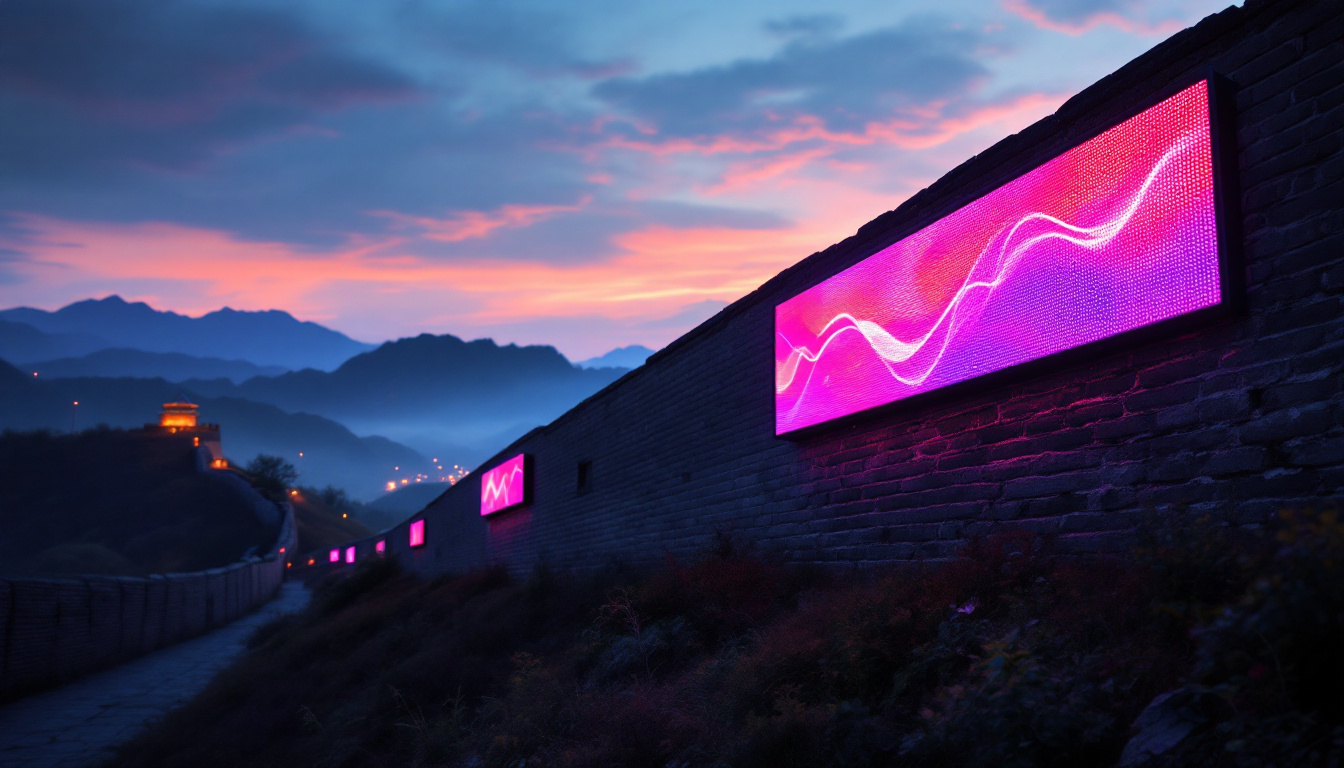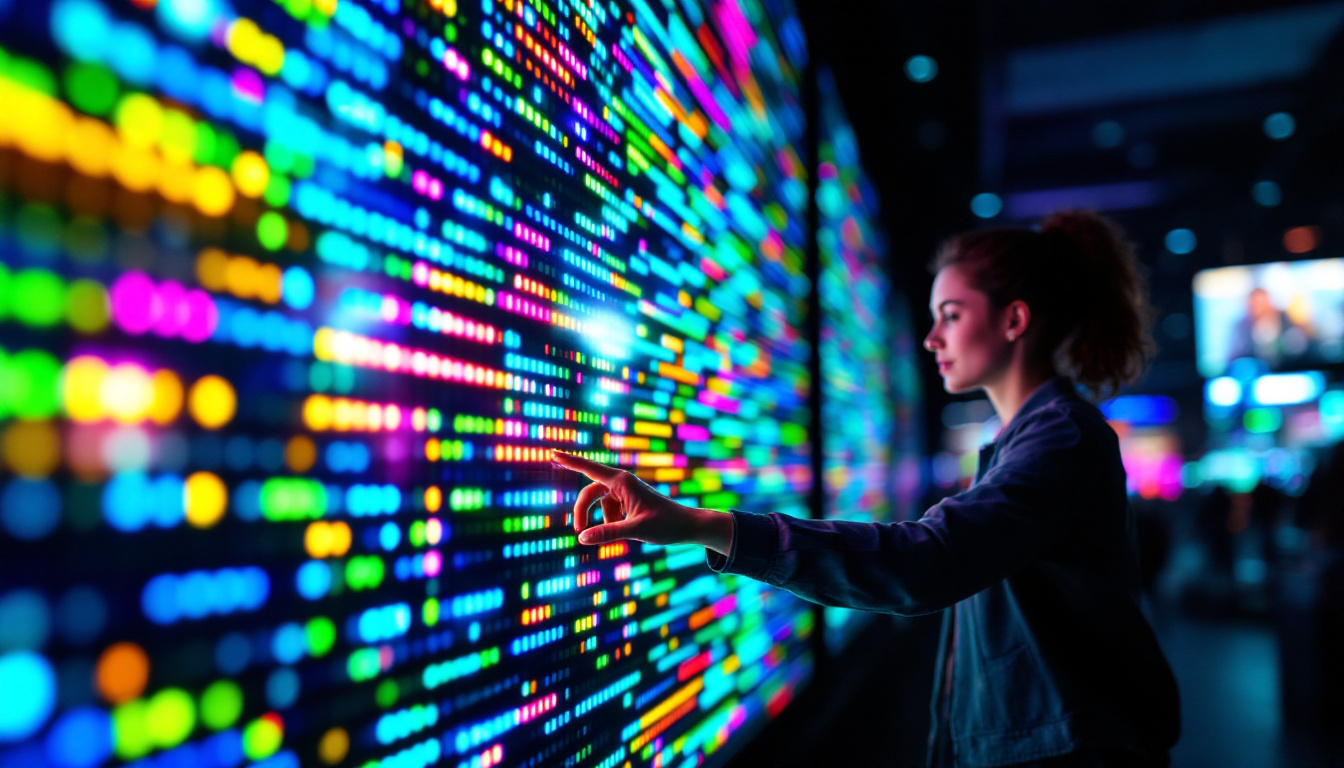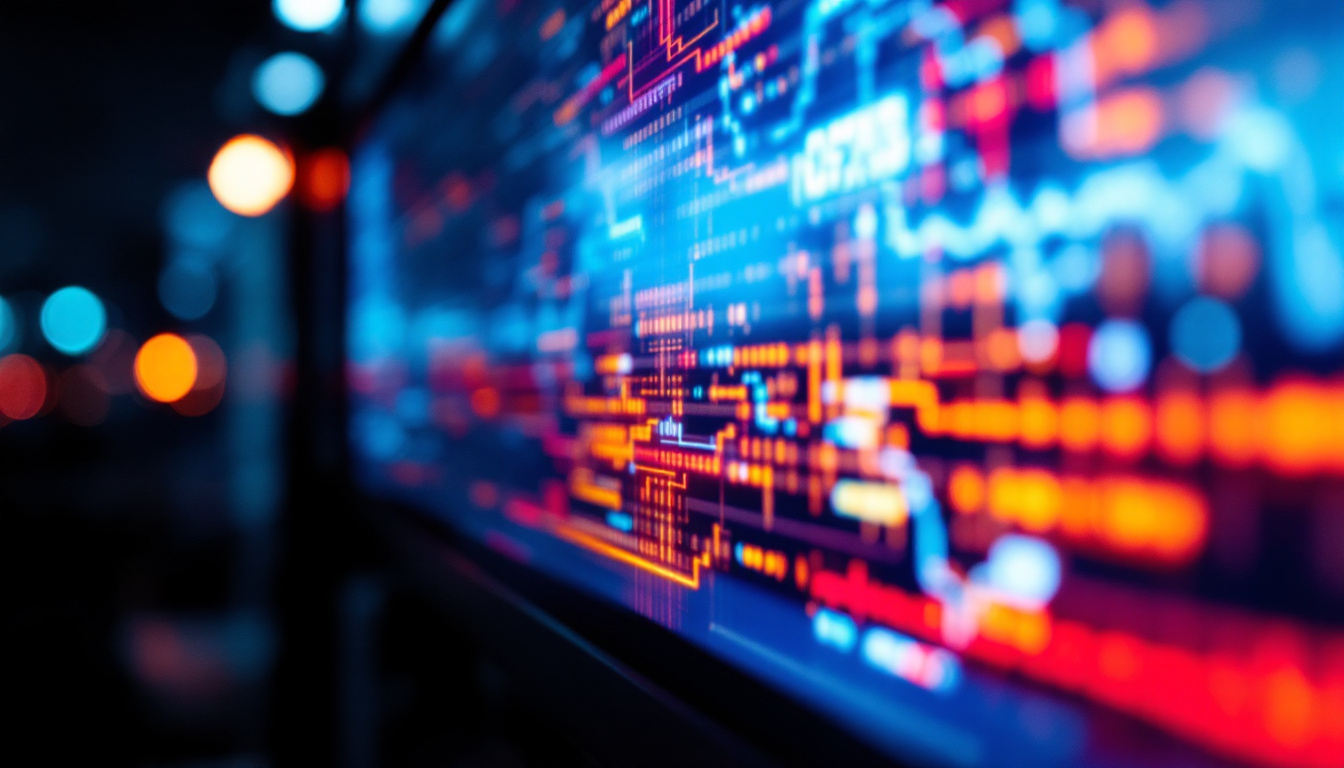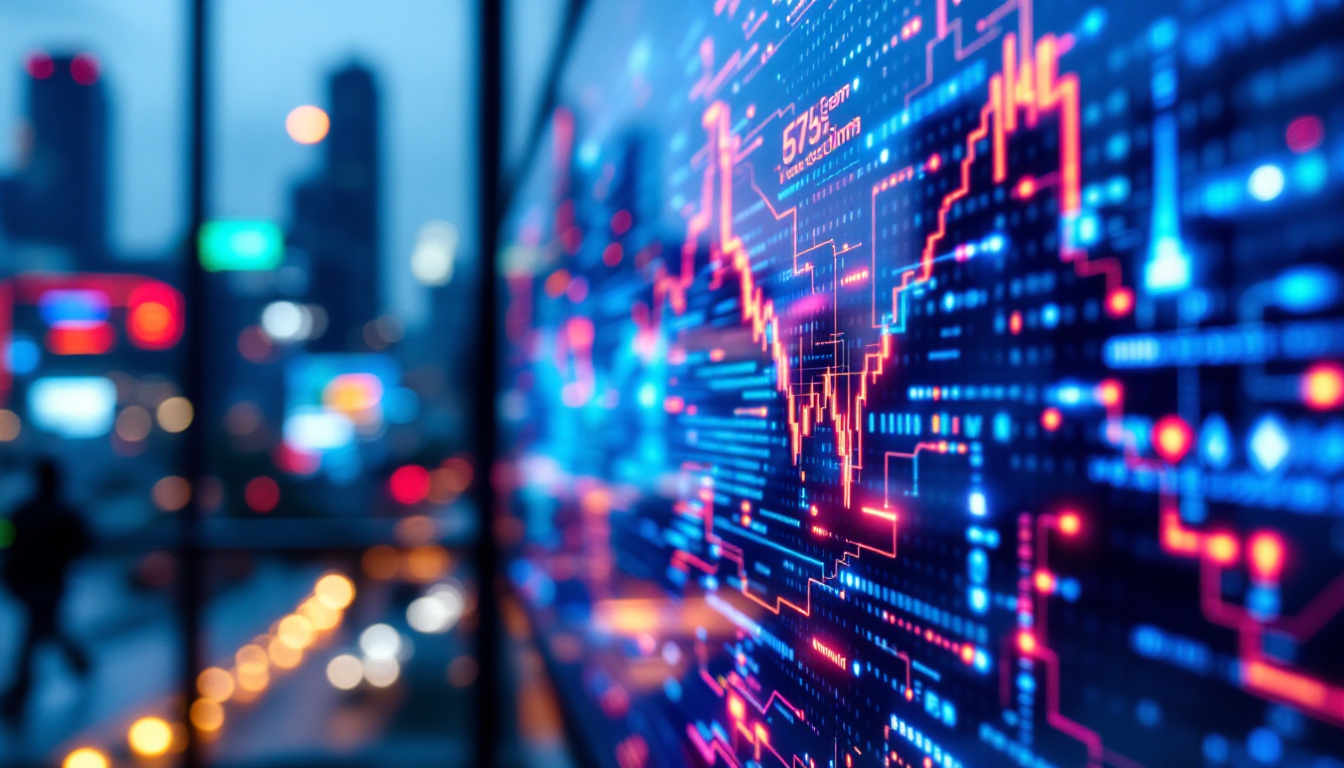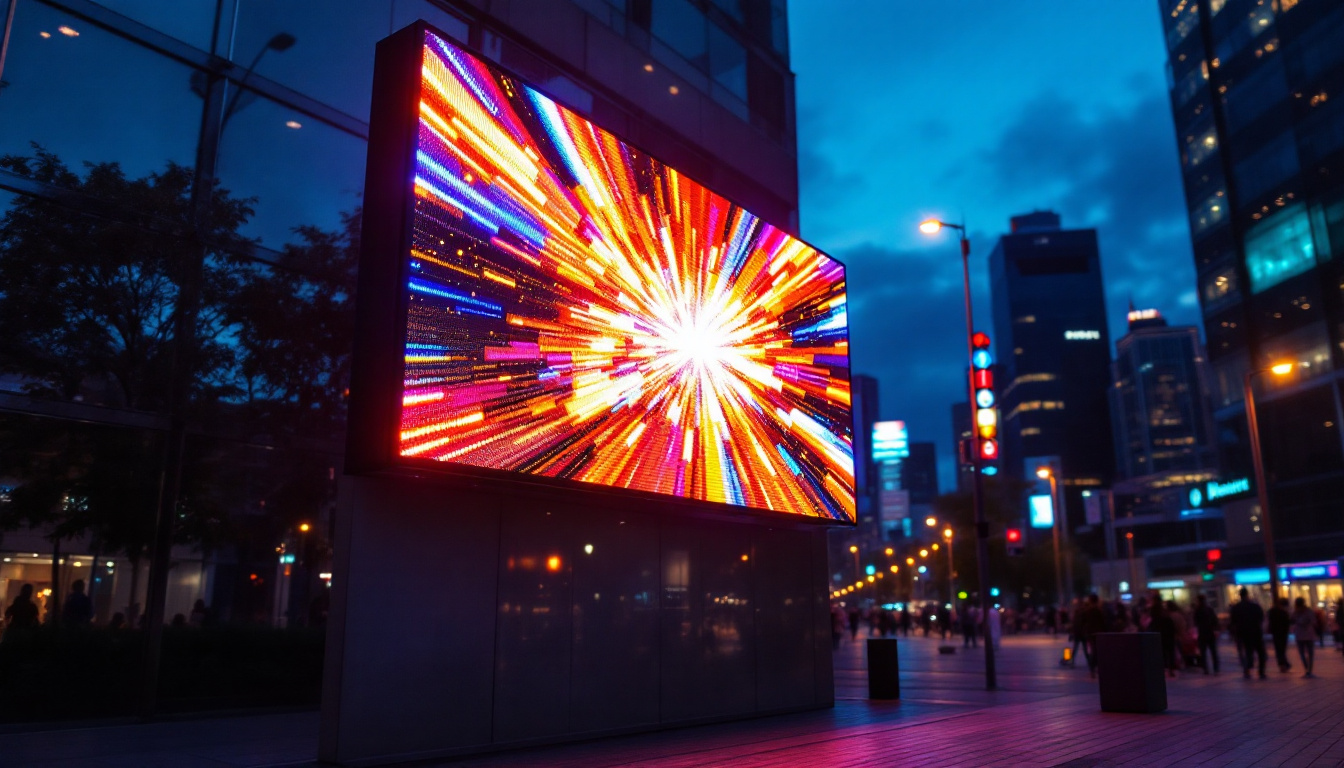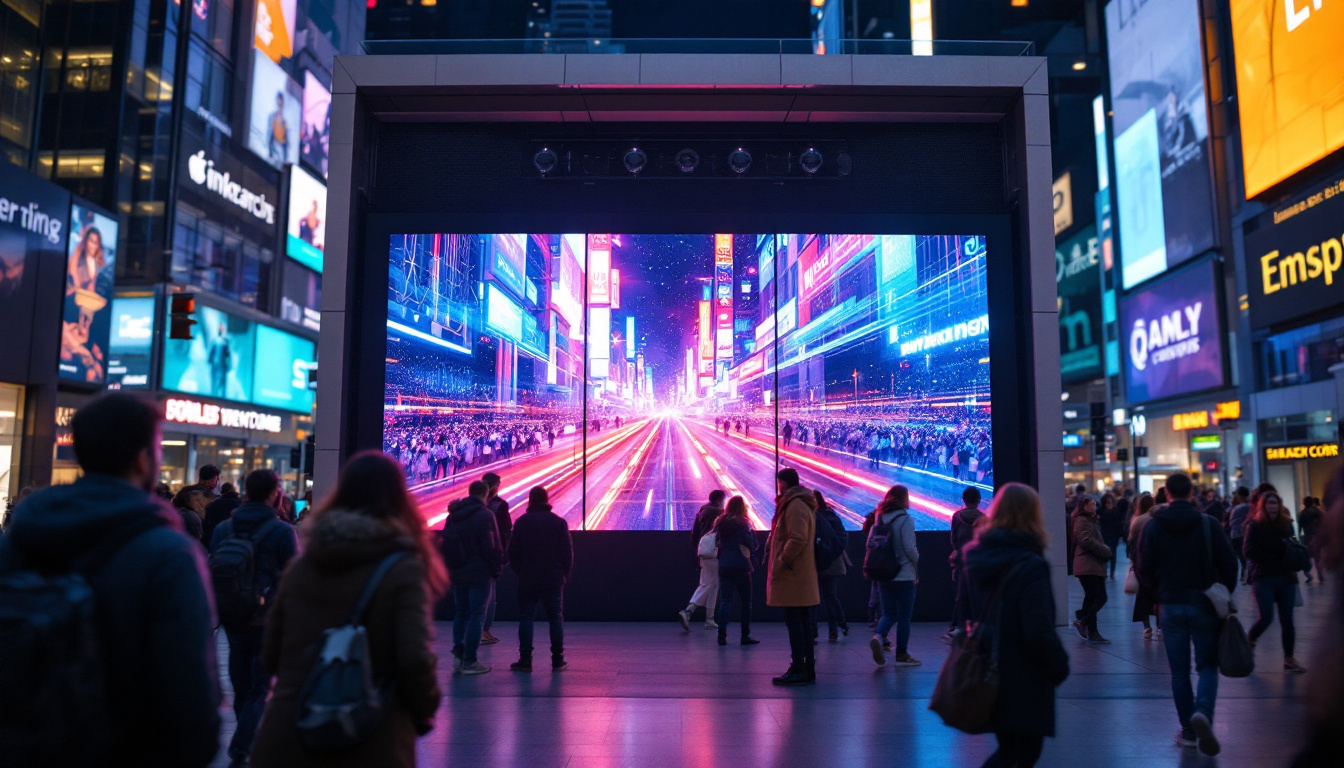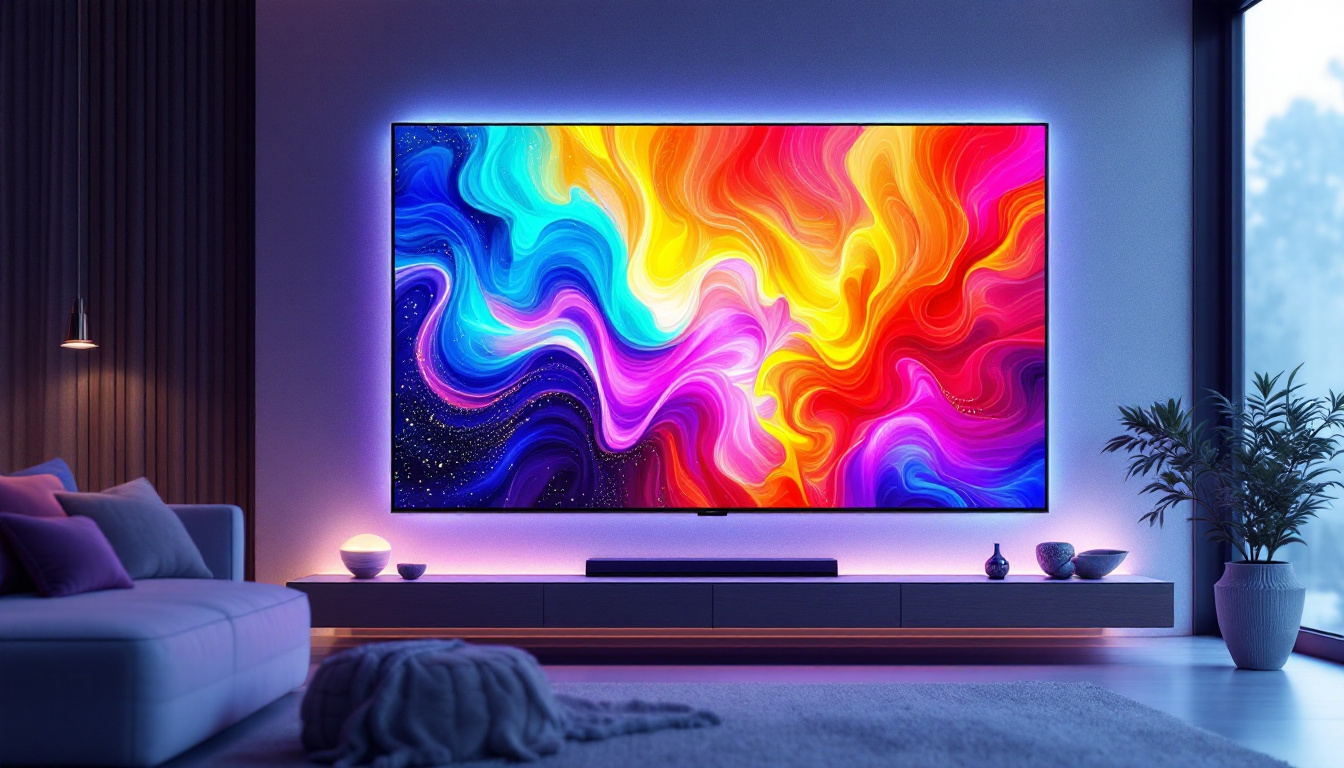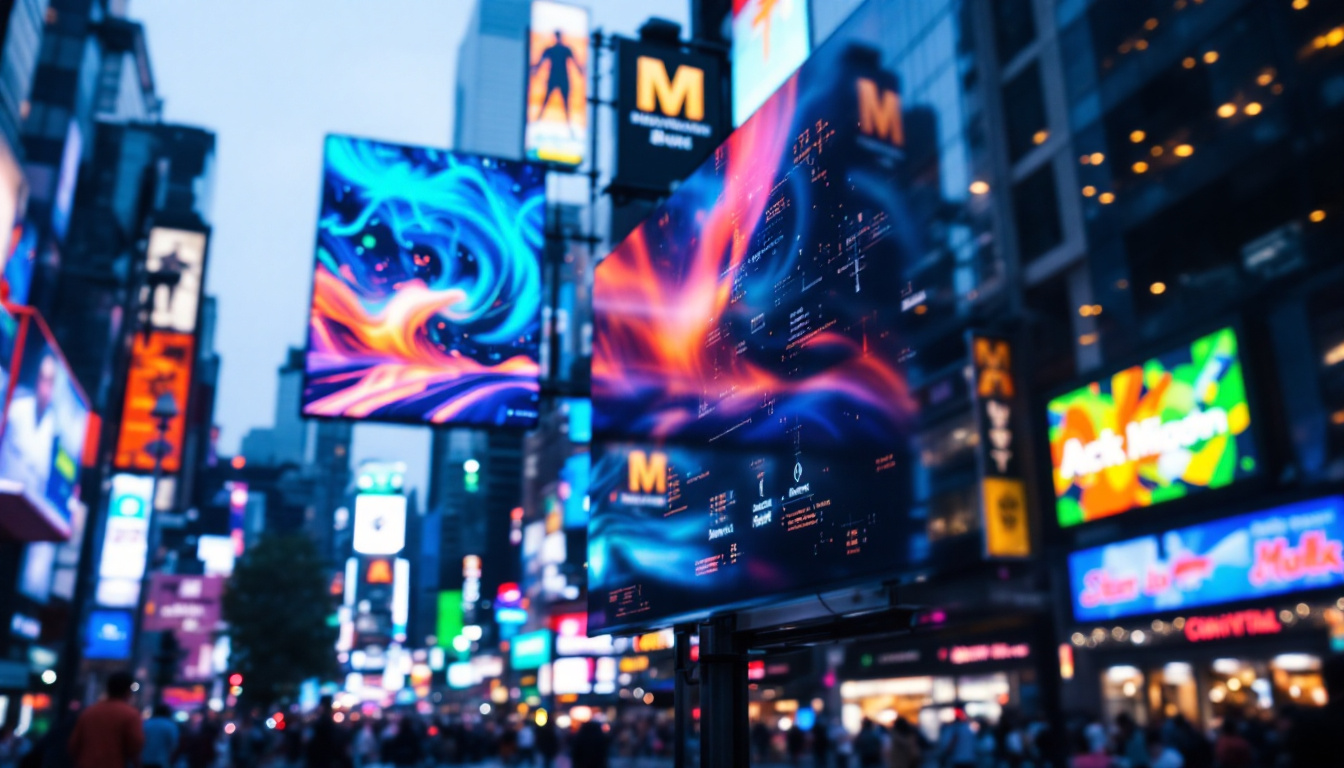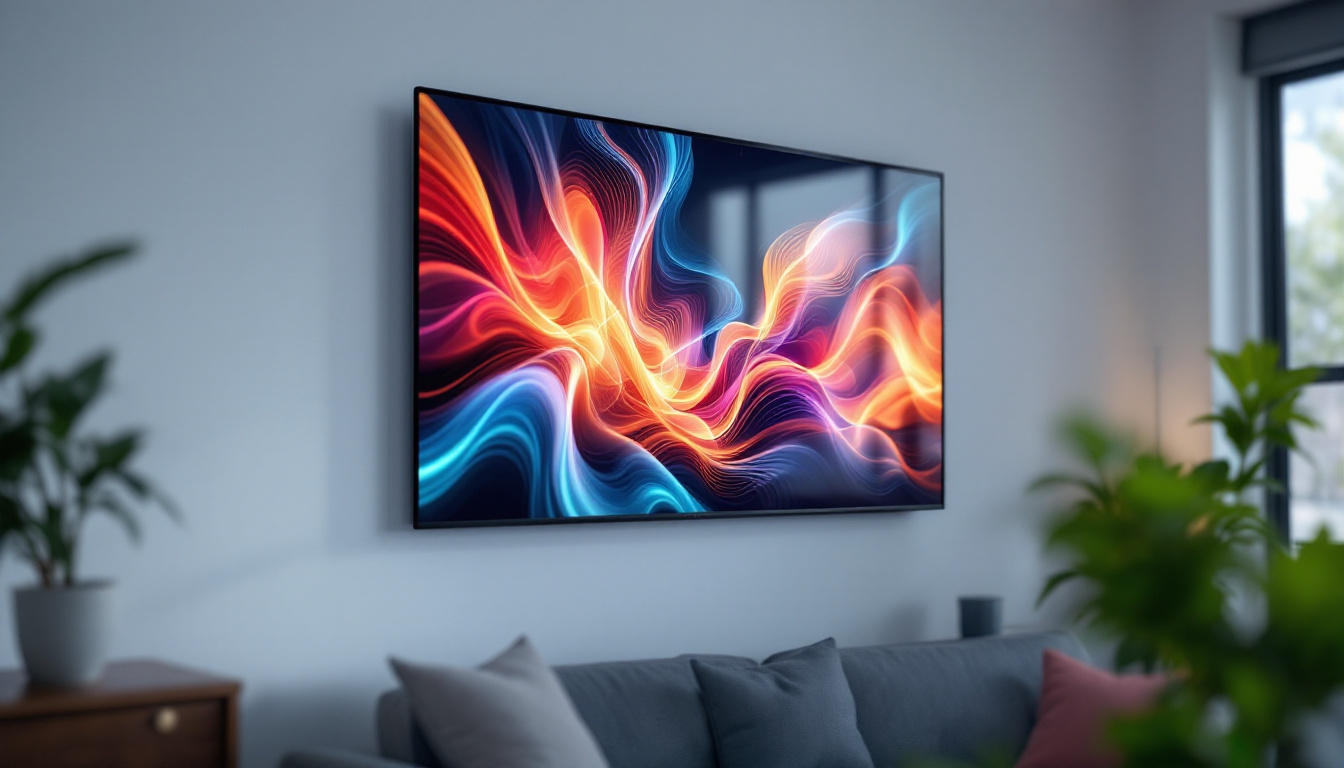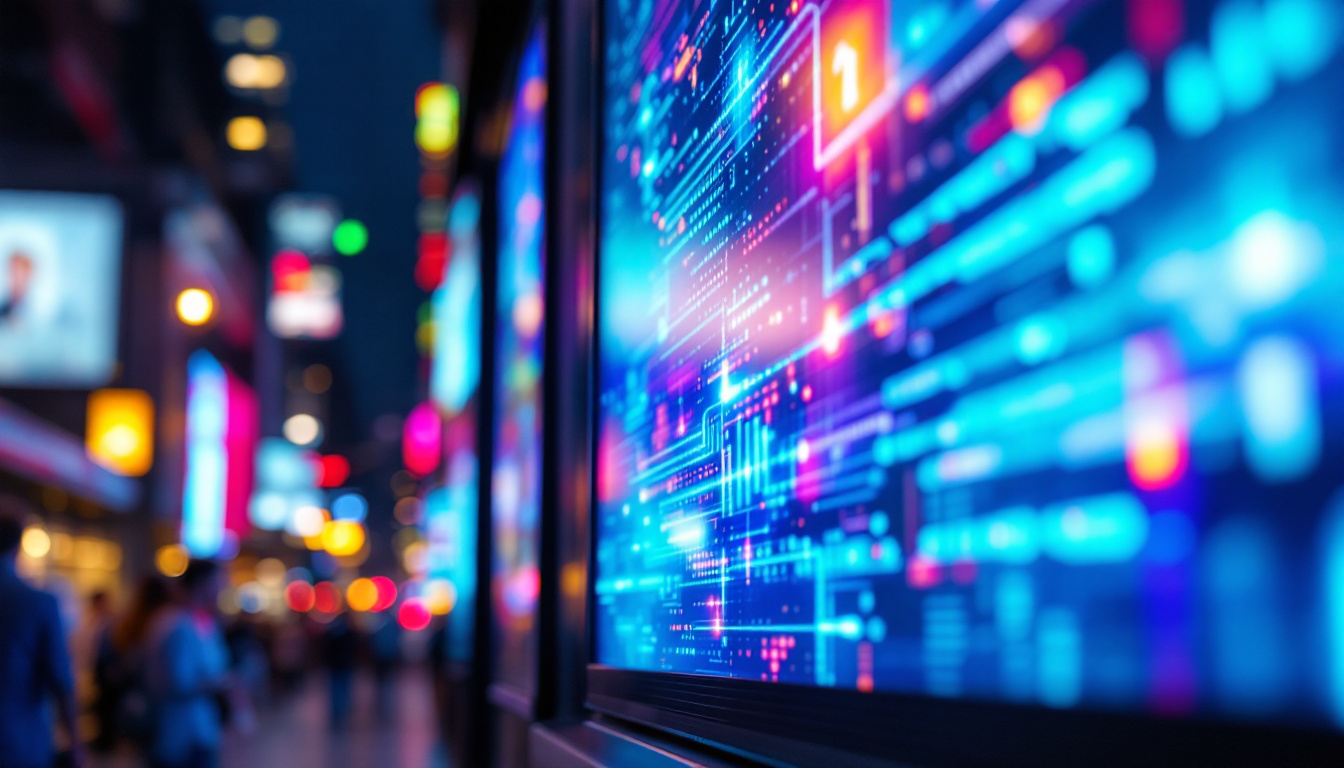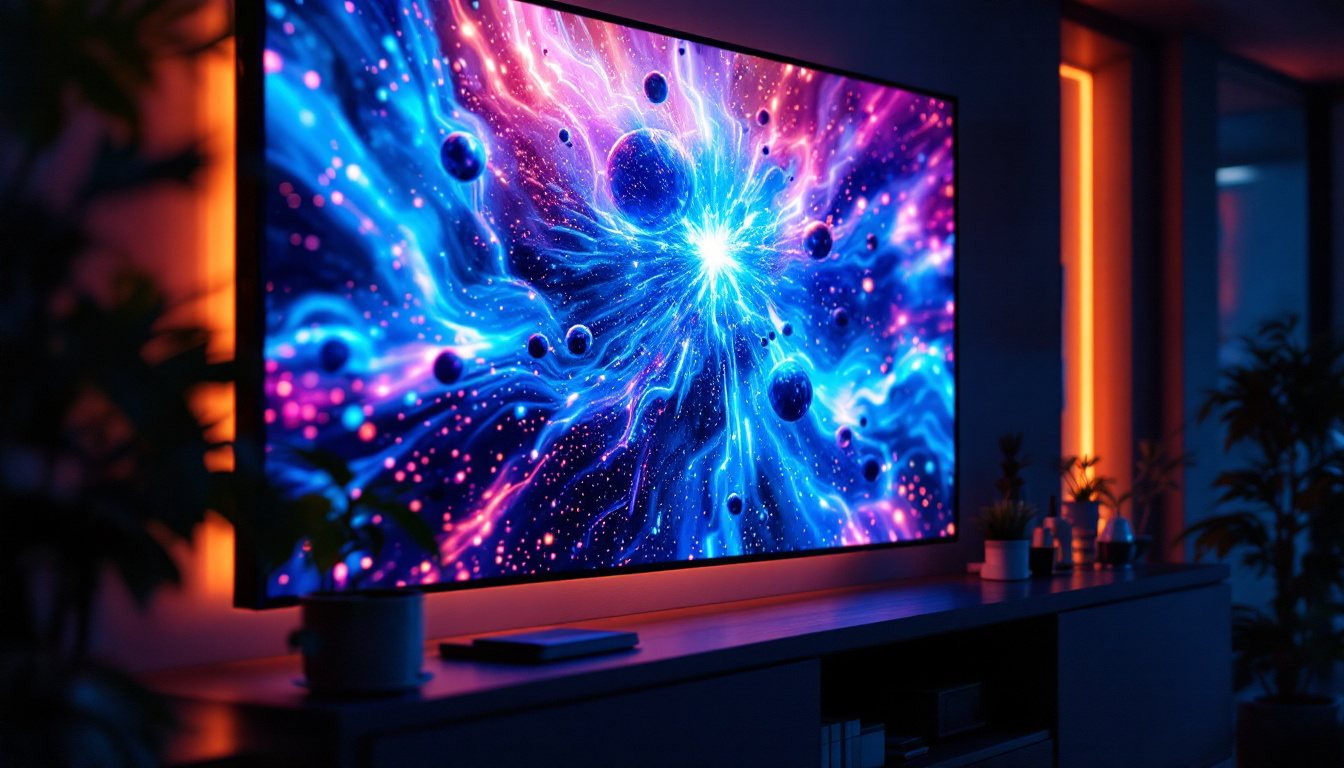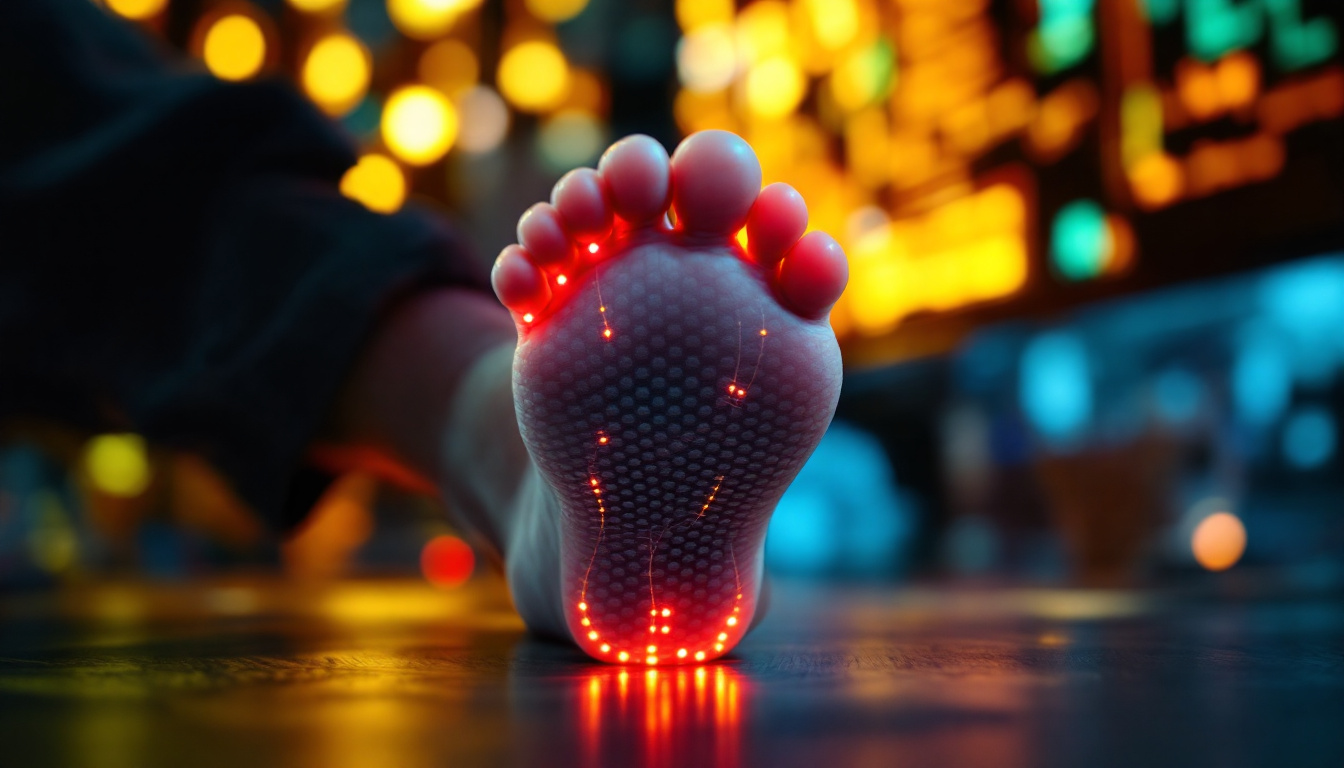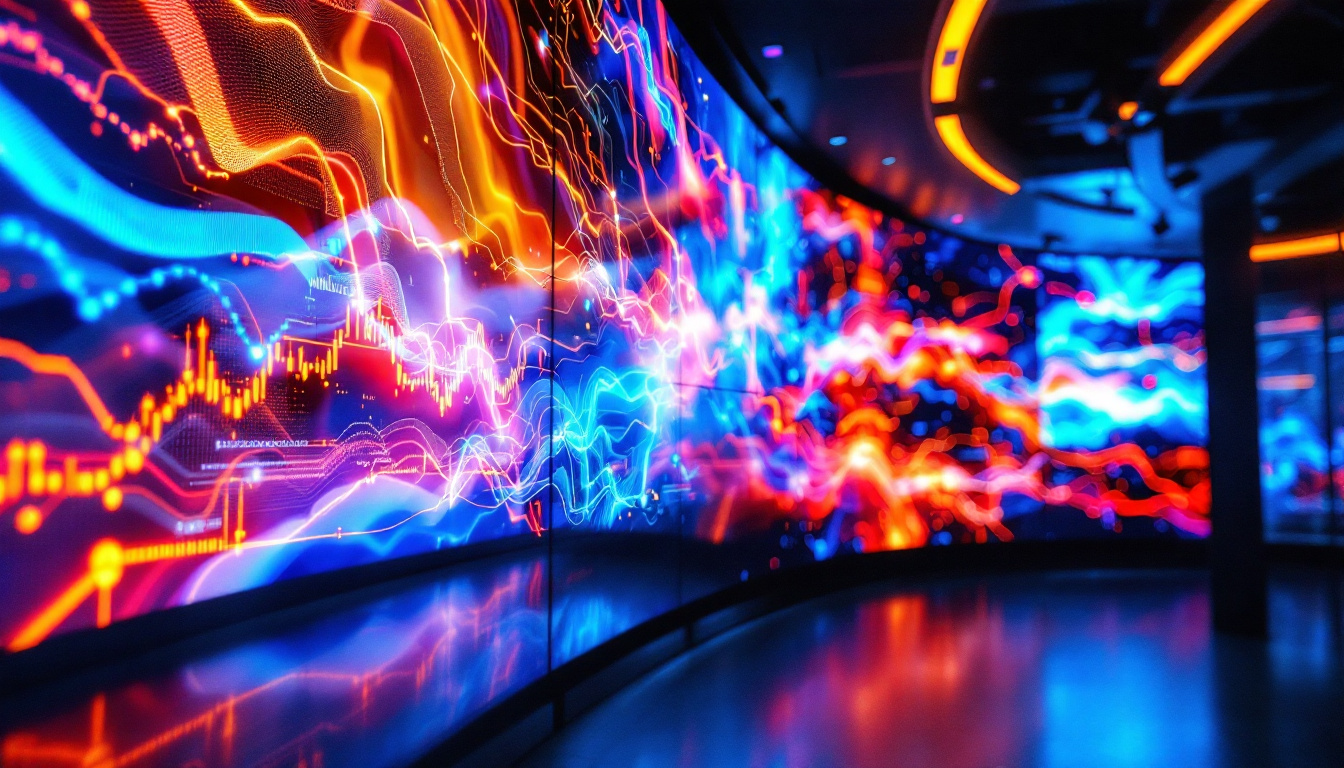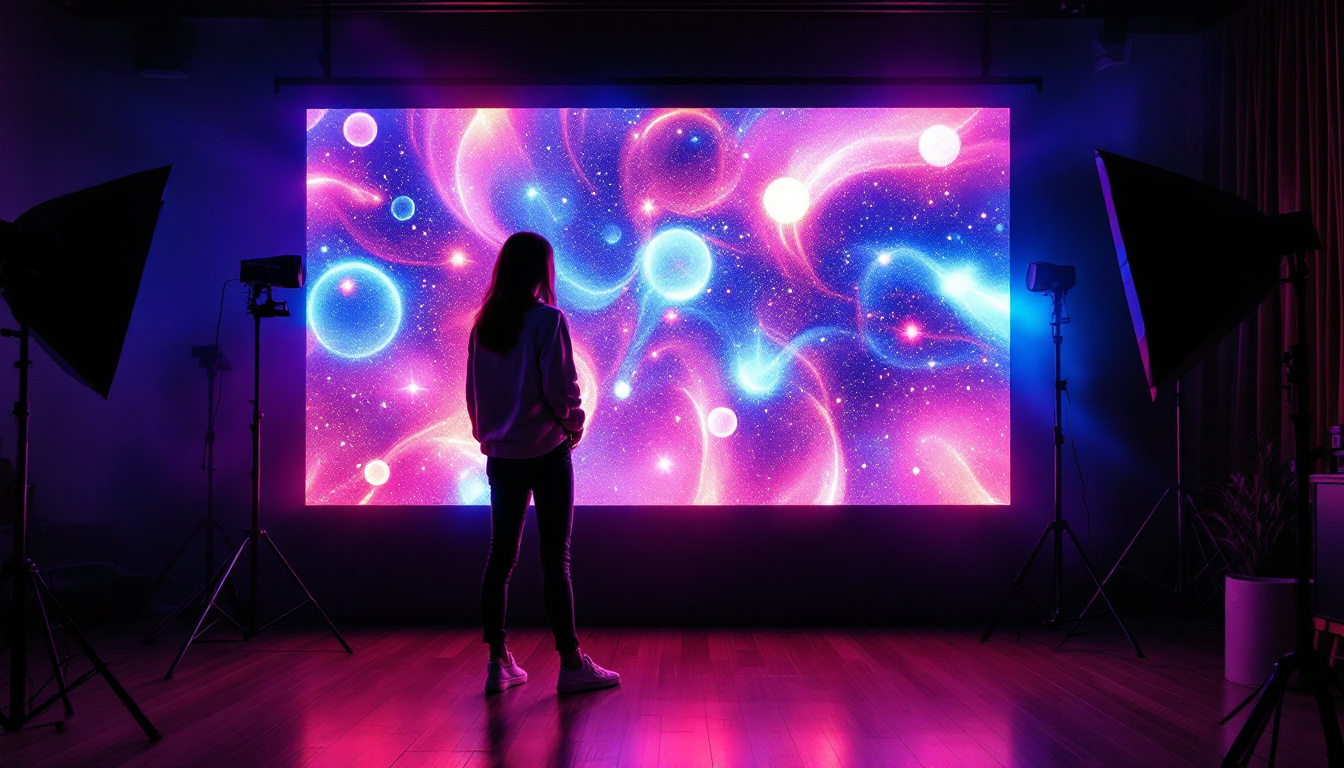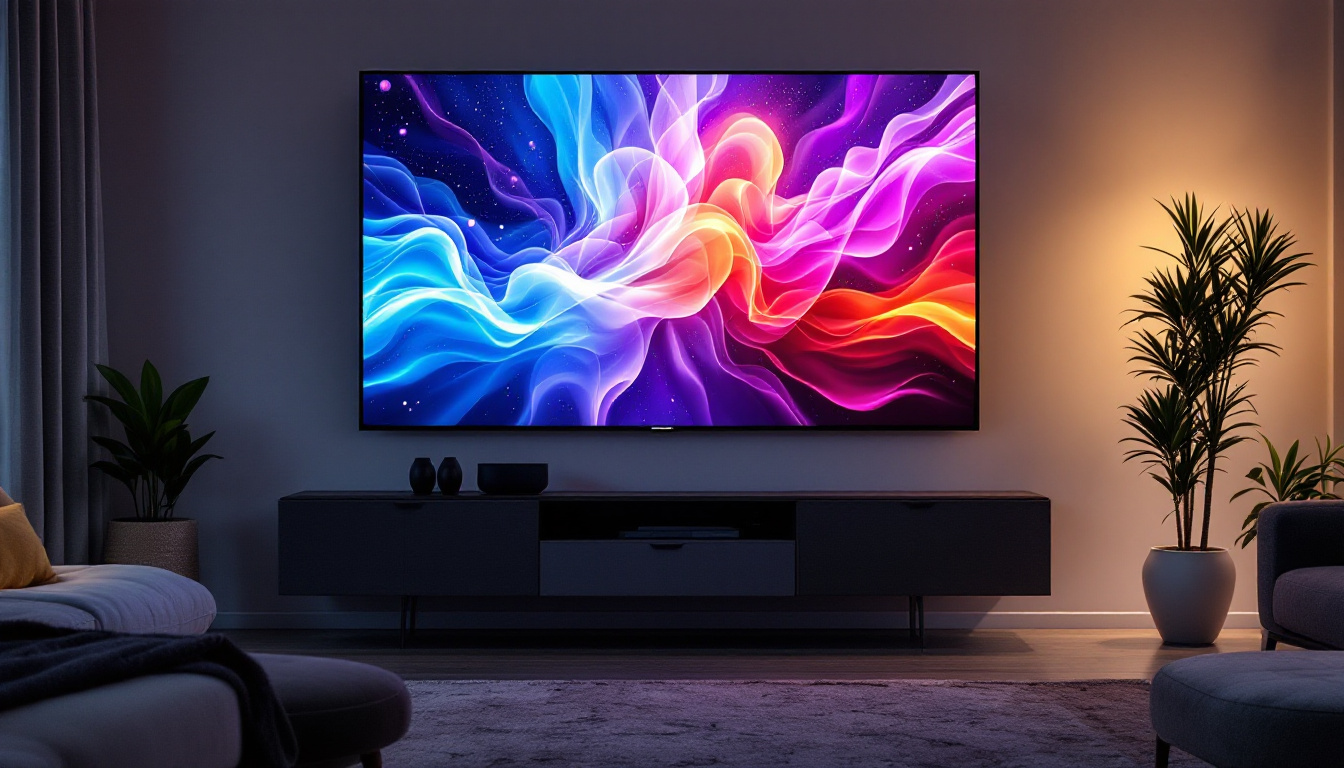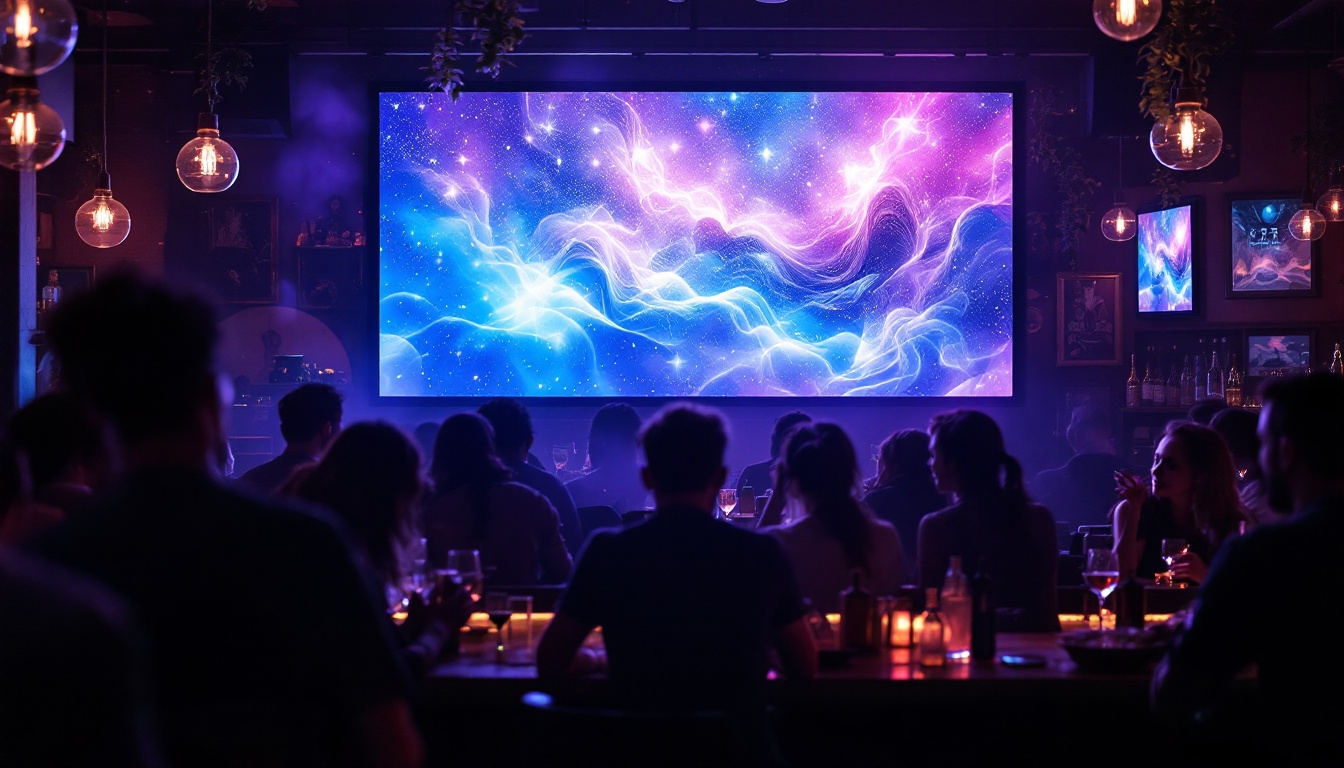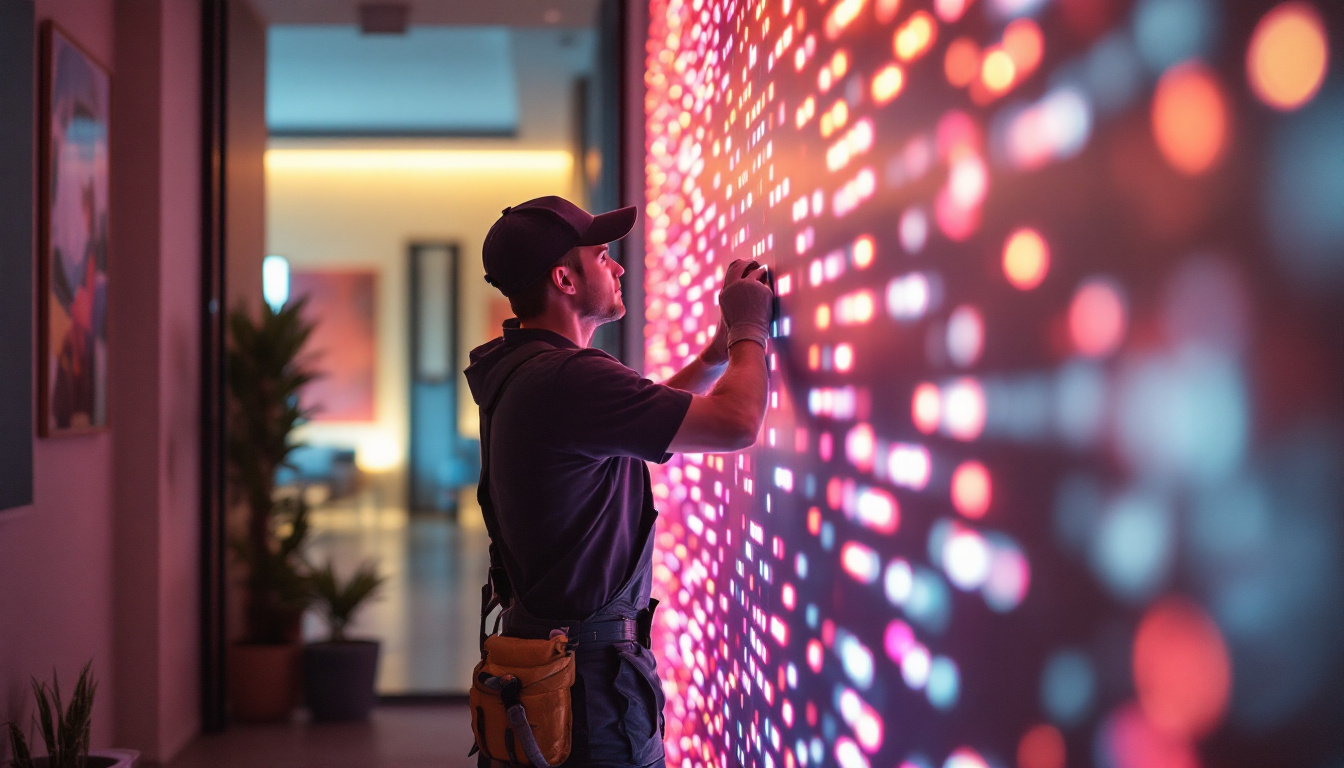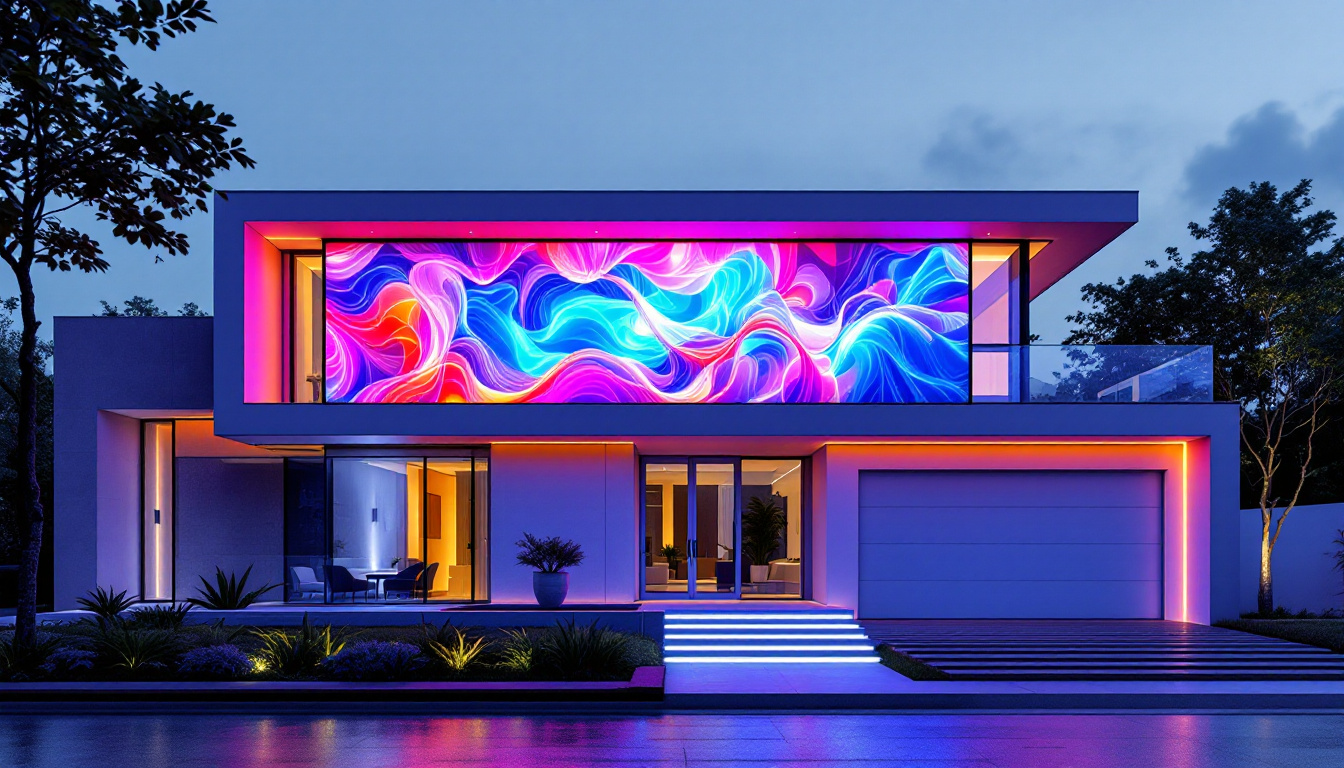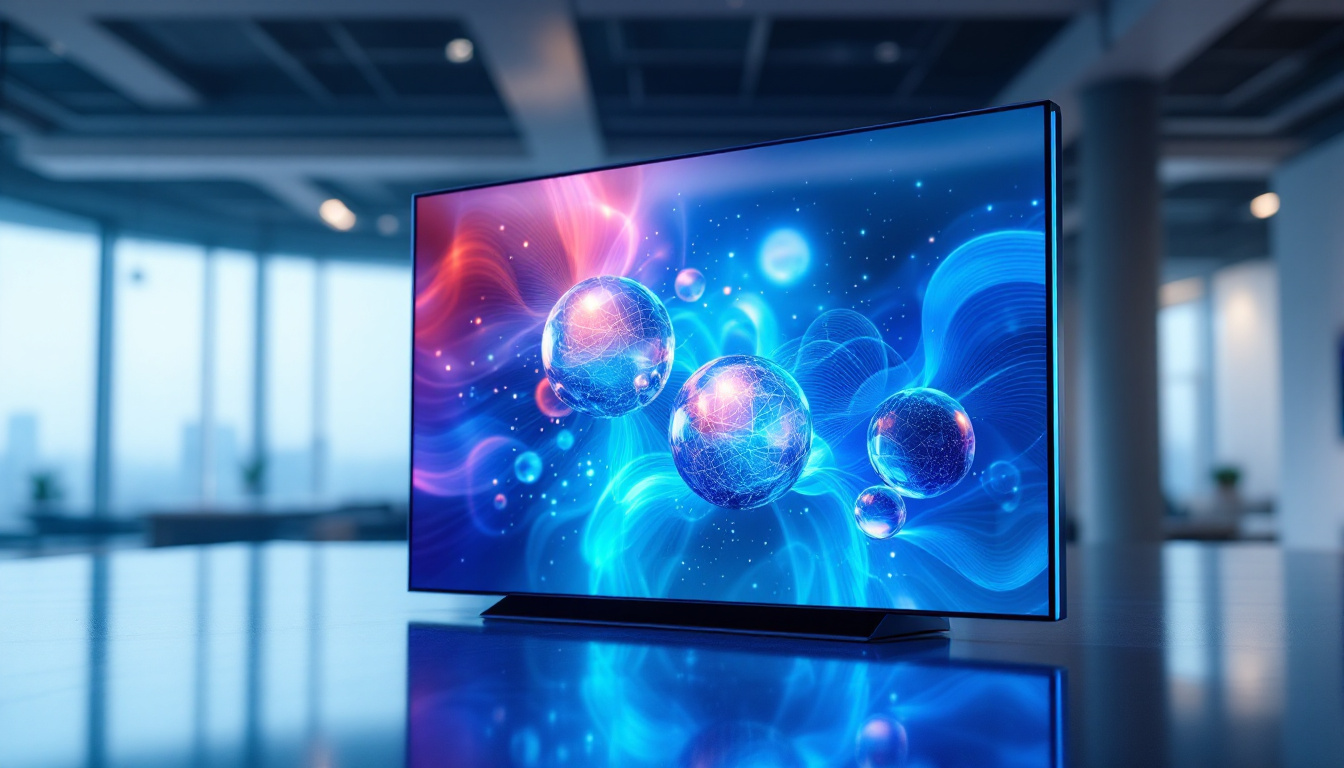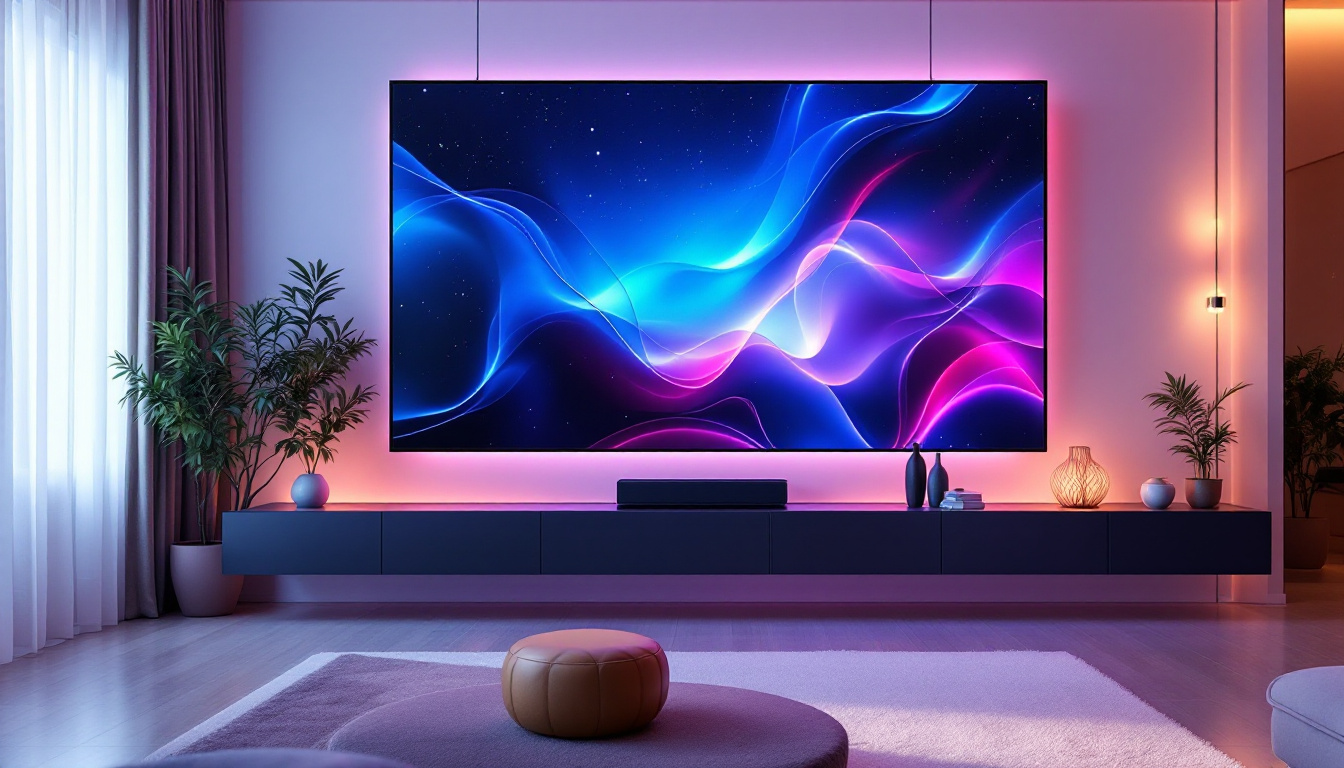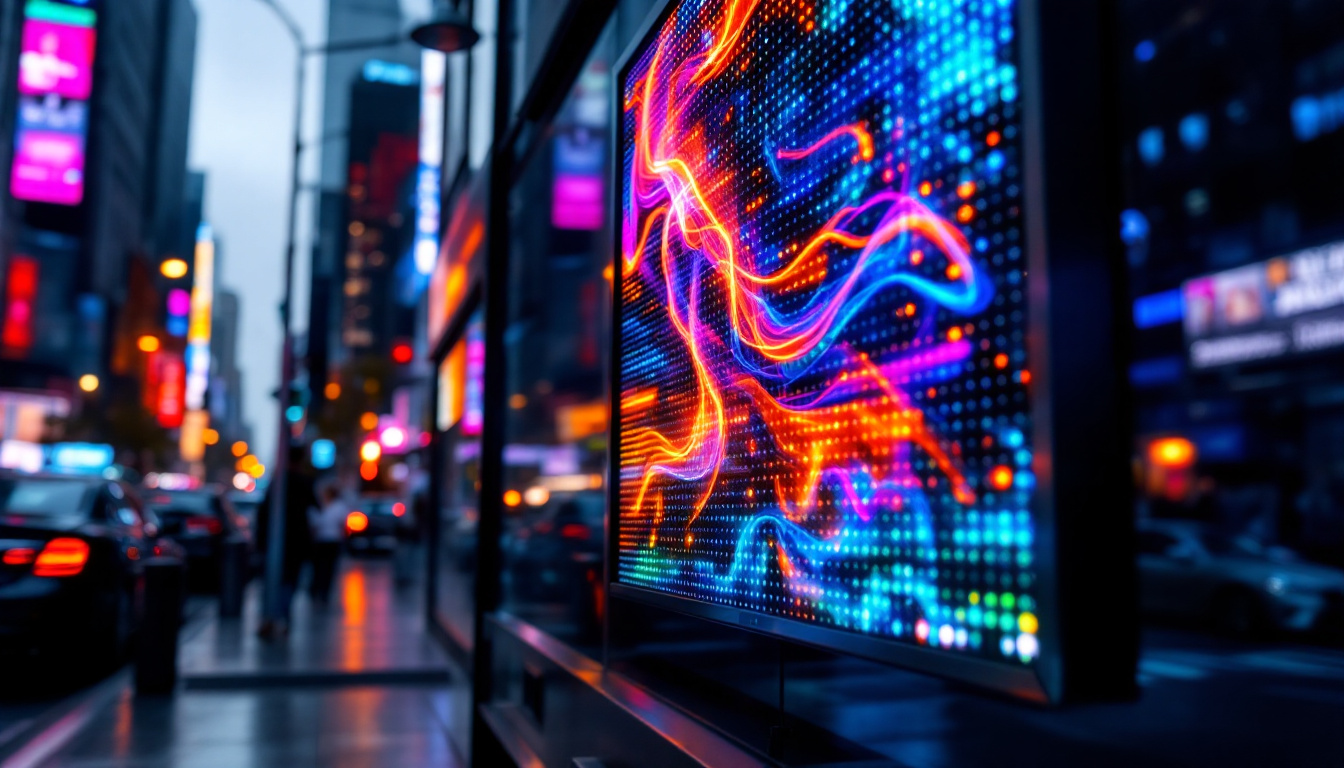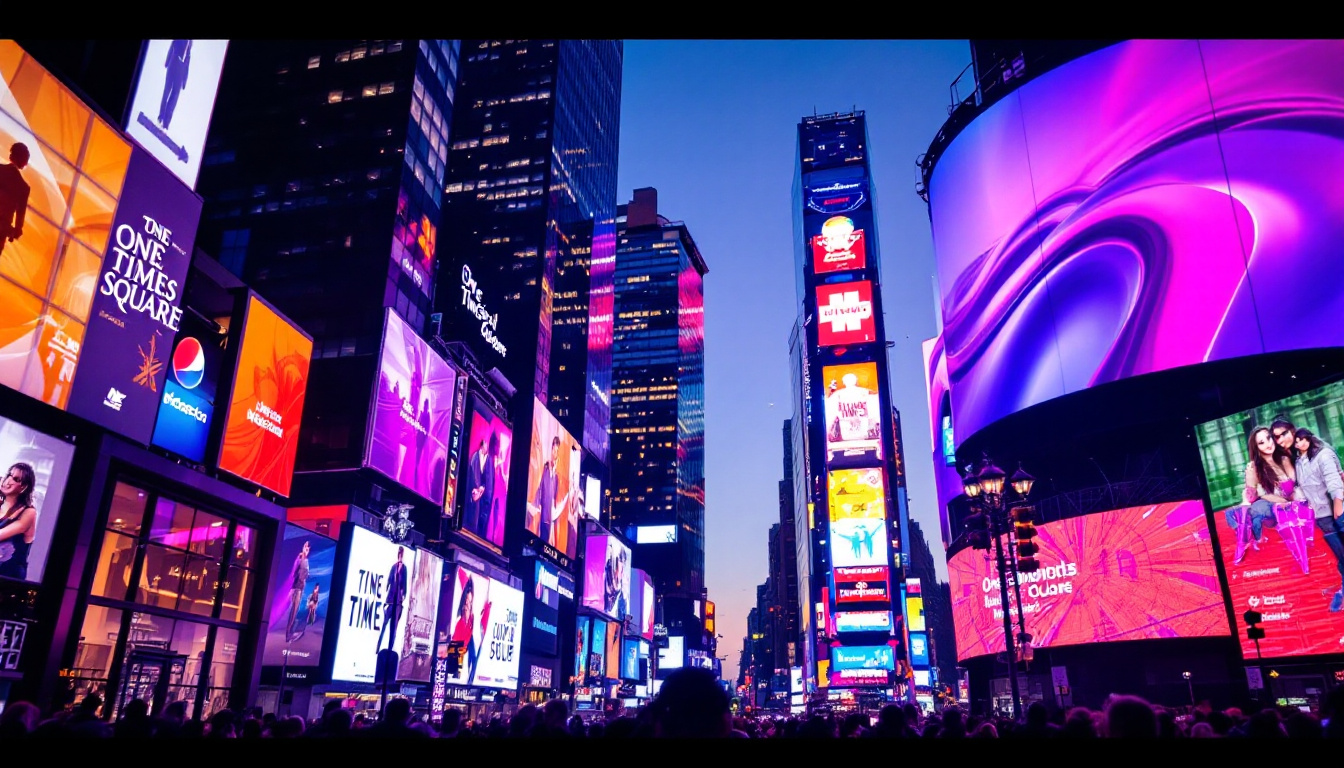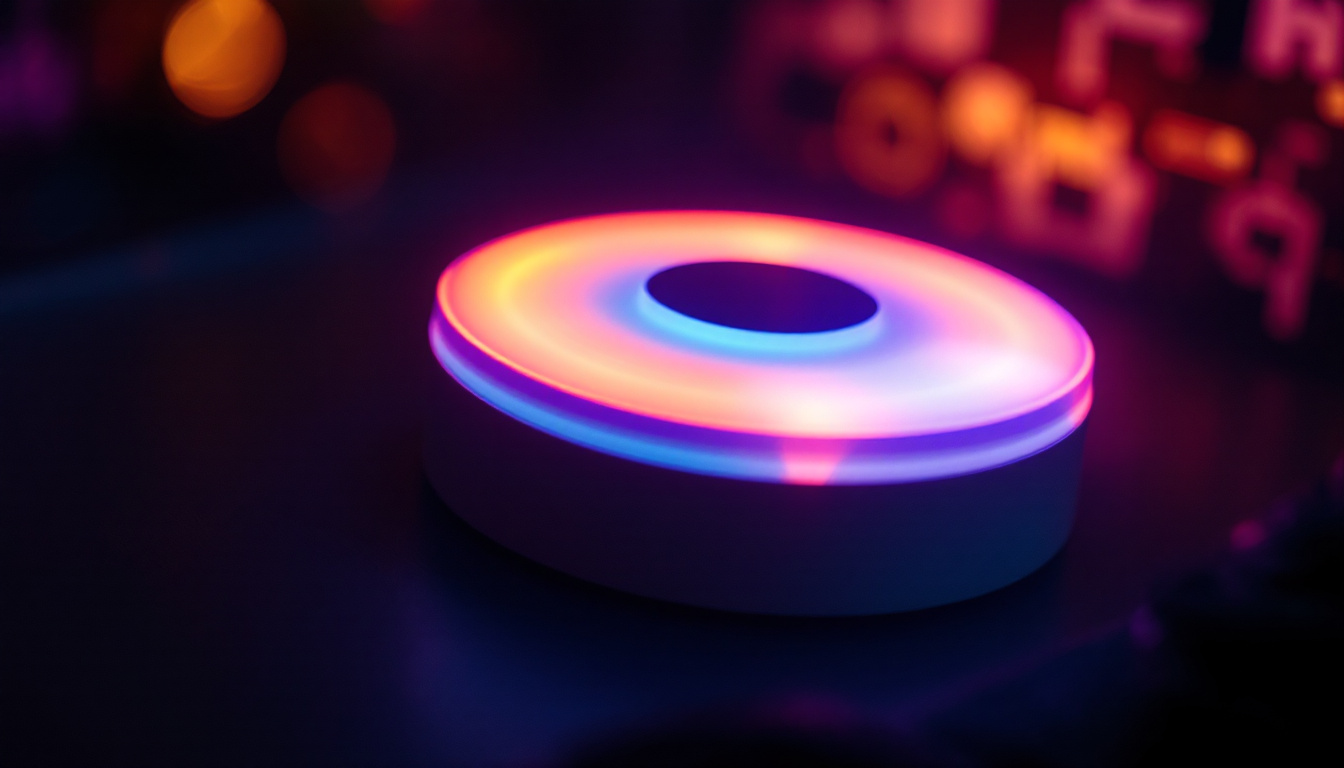The Great Wall of China, a monumental feat of engineering, has stood the test of time as a symbol of China’s rich history and cultural heritage. In recent years, however, a new kind of wall has emerged, one that combines technology and art: the LED display wall. This article delves into the fascinating world of LED displays, exploring their construction, functionality, and the innovative applications that are transforming urban landscapes.
The Evolution of LED Displays
LED (Light Emitting Diode) technology has revolutionized the way information is conveyed visually. Originally used in small-scale applications, LED technology has evolved significantly, leading to the development of large-scale displays that can be utilized in various environments.
From Small Beginnings to Grand Displays
The journey of LED technology began in the early 1960s when the first visible light LED was created. Initially, these diodes were limited to simple indicators and small screens. However, advancements in technology and manufacturing processes allowed for the production of larger panels, paving the way for outdoor and indoor displays.
By the late 1990s, LED displays started making their mark in advertising and entertainment. Today, they are ubiquitous in stadiums, shopping malls, and public squares, capturing attention with vibrant colors and dynamic content.
How LED Displays Work
At the core of an LED display are thousands of tiny diodes that emit light when an electric current passes through them. These diodes are arranged in a grid, forming pixels that can be individually controlled to create images and videos. The combination of red, green, and blue (RGB) diodes allows for a wide spectrum of colors, enabling stunning visual effects.
Modern LED displays can be classified into two main types: direct view and rear projection. Direct view displays are the most common, where the viewer sees the light emitted directly from the diodes. Rear projection displays, on the other hand, use projectors to display images onto a translucent screen, often used in situations where space is limited.
Applications of LED Displays
The versatility of LED displays has led to their adoption in a variety of sectors, from advertising to public information systems. Their ability to convey messages quickly and effectively makes them an invaluable tool in modern communication.
Advertising and Marketing
One of the most prominent applications of LED displays is in advertising. Billboards and digital signage have transformed the marketing landscape, allowing brands to engage consumers with eye-catching visuals and real-time updates. The dynamic nature of LED displays means that advertisements can be changed frequently, making them more relevant and appealing to target audiences.
Moreover, the ability to display high-resolution images and videos enhances brand storytelling, creating a more immersive experience for viewers. From major cities to small towns, LED advertising has become a staple in urban environments.
Public Information and Safety
LED displays play a critical role in public information systems. They are commonly used for traffic management, providing real-time updates on road conditions, accidents, and weather alerts. This information helps drivers make informed decisions, contributing to overall road safety.
Additionally, LED displays are often found in public transportation systems, displaying arrival times and service updates. Their visibility and clarity ensure that passengers receive timely information, improving the overall travel experience.
Entertainment and Events
In the realm of entertainment, LED displays have become an integral part of concerts, festivals, and sporting events. Large screens enhance the audience’s experience by providing close-up views of performances and instant replays of key moments.
Furthermore, the ability to synchronize LED displays with sound and lighting effects creates a captivating atmosphere, elevating the overall impact of live events. As technology continues to advance, the possibilities for creative applications in entertainment are virtually limitless.
The Construction of LED Display Walls
Building an LED display wall involves a complex process that requires careful planning, design, and execution. Understanding the components and steps involved can shed light on the intricacies of this technology.
Components of an LED Display
Each LED display wall consists of several key components, including the LED modules, power supply, control system, and mounting structure. The LED modules are the building blocks of the display, containing the individual diodes that emit light.
The power supply is essential for providing the necessary energy to the LEDs, while the control system manages the content displayed on the screen. This system can be connected to various input sources, allowing for dynamic content updates. Finally, the mounting structure ensures that the display is securely installed and can withstand environmental factors.
Design and Planning
The design phase is crucial in creating an effective LED display wall. Factors such as location, audience size, and intended purpose must be considered to determine the optimal size and resolution of the display. High-resolution displays are essential for close viewing, while lower resolutions may suffice for larger distances.
Additionally, the layout and configuration of the display must be planned to ensure visibility from various angles. This often involves conducting site surveys and simulations to assess potential challenges and opportunities.
Installation Process
The installation of an LED display wall is a meticulous process that requires skilled technicians. The first step involves assembling the LED modules into a cohesive panel, followed by mounting the panels onto the designated structure.
Once the physical installation is complete, the control system is configured, and the display is calibrated to ensure color accuracy and brightness. Rigorous testing is conducted to verify that everything functions correctly before the display goes live.
Challenges and Considerations
While LED displays offer numerous advantages, there are also challenges that must be addressed during their implementation. Understanding these challenges can help stakeholders make informed decisions.
Environmental Factors
LED displays are often exposed to various environmental conditions, including sunlight, rain, and temperature fluctuations. These factors can affect the performance and longevity of the display. For outdoor installations, it is essential to select weather-resistant components and ensure proper ventilation to prevent overheating.
Additionally, brightness levels must be calibrated to ensure visibility in bright sunlight, which can be a significant challenge for outdoor displays. Manufacturers often provide guidelines for optimal brightness settings based on environmental conditions.
Maintenance and Upkeep
Regular maintenance is crucial to ensure the longevity and performance of LED displays. Dust, dirt, and moisture can accumulate on the surface, impacting visibility and functionality. Routine cleaning and inspections are necessary to address these issues.
Moreover, as technology evolves, updates and upgrades may be required to keep the display current with the latest features and capabilities. Establishing a maintenance schedule can help mitigate potential problems and extend the lifespan of the display.
Cost Considerations
Investing in an LED display wall can be a significant financial commitment. The initial costs include not only the purchase of the display itself but also installation, maintenance, and potential upgrades. Stakeholders must carefully evaluate their budget and consider the long-term return on investment.
While the upfront costs may be high, the benefits of increased visibility, engagement, and communication can lead to substantial gains over time. Businesses and organizations should conduct a thorough cost-benefit analysis to determine the feasibility of such an investment.
The Future of LED Displays
The future of LED displays is bright, with continuous advancements in technology paving the way for even more innovative applications. As the demand for dynamic and engaging visual content grows, so too does the potential for LED displays to evolve.
Emerging Technologies
One of the most exciting developments in the world of LED displays is the integration of artificial intelligence (AI) and augmented reality (AR). AI can enhance content personalization, allowing for targeted messaging based on audience demographics and behavior. Meanwhile, AR can create immersive experiences that blend the digital and physical worlds.
Additionally, advancements in flexible and transparent LED technology are opening up new possibilities for creative installations. These innovations enable displays to be integrated into various surfaces, such as windows and walls, transforming traditional spaces into interactive environments.
Sustainability and Energy Efficiency
As sustainability becomes an increasingly important consideration, LED displays are also evolving to become more energy-efficient. Manufacturers are focusing on developing displays that consume less power while maintaining high brightness and quality.
Moreover, the use of recyclable materials in the production of LED displays is gaining traction, contributing to a more sustainable lifecycle. As the industry moves towards greener practices, stakeholders can feel confident that their investments align with environmental goals.
Global Expansion
The adoption of LED displays is not limited to urban centers; they are increasingly being utilized in rural and developing areas as well. As technology becomes more accessible and affordable, communities around the world are embracing LED displays for various purposes, from education to entertainment.
This global expansion opens up new opportunities for businesses and organizations to connect with diverse audiences, fostering engagement and communication on a broader scale.
Conclusion
The emergence of LED display walls represents a significant shift in how information is shared and experienced. From their humble beginnings to their current status as essential tools in advertising, public information, and entertainment, LED displays have proven their versatility and impact.
As technology continues to advance, the potential for LED displays to shape our environments and experiences is limitless. By understanding the construction, applications, and challenges of LED displays, stakeholders can make informed decisions that harness the power of this innovative technology.
In a world increasingly driven by visual communication, LED displays stand at the forefront, illuminating our cities and enriching our lives.
Illuminate Your World with LumenMatrix
As we embrace the transformative power of LED displays, LumenMatrix stands at the cutting edge, ready to illuminate your brand and projects with unparalleled visual experiences. Whether you’re looking to captivate audiences with an Indoor LED Wall Display, make a statement in the open air with an Outdoor LED Wall Display, or innovate on the move with a Vehicle LED Display, LumenMatrix has the solution. Our mission is to revolutionize your visual communication, offering a suite of options including LED Poster Display, LED Sports Display, Floor LED Display, Custom LED Display, All-in-One LED Display, and LED Transparent Display. Don’t just share your message—make it resonate with clarity and impact. Check out LumenMatrix LED Display Solutions and step into the future of digital signage.

